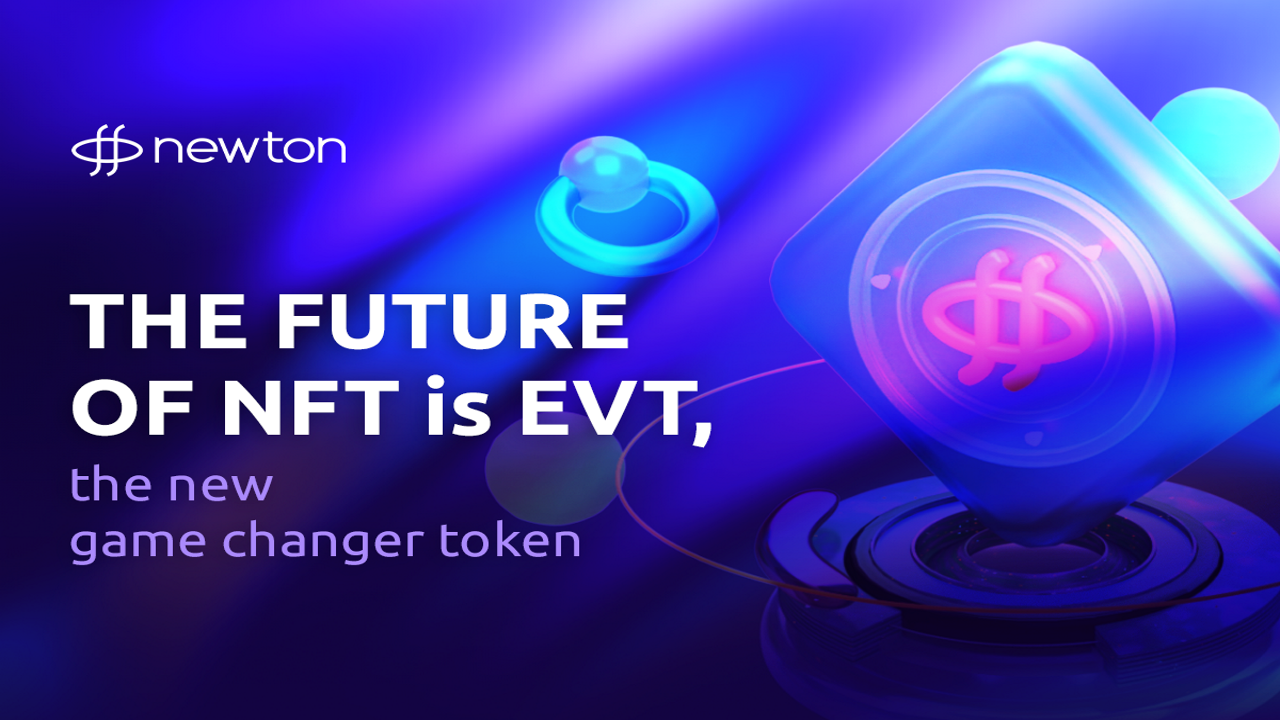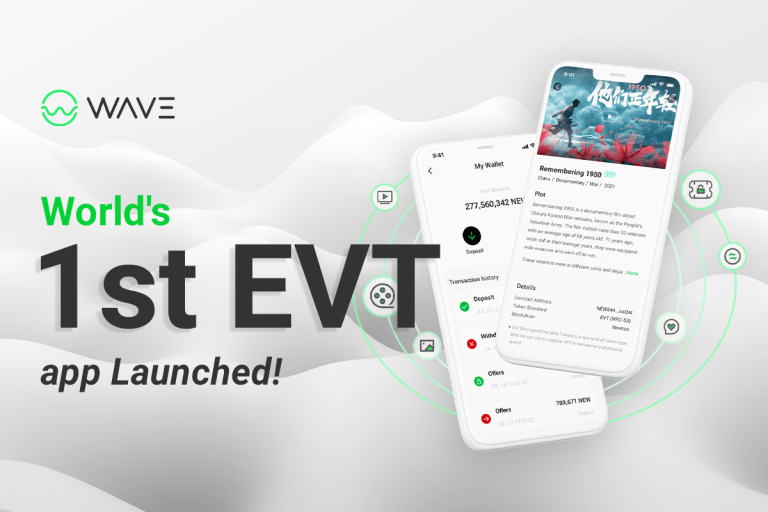Media
Bitcoin.com is the premier source for all things crypto. Contact the media team at [email protected] to discuss press releases, sponsored posts, podcasts and other options.
all about cryptop referances

press release
PRESS RELEASE. EVT (Encrypted Variable Token) is said to be the upgraded version of NFT (Non-Fungible Token) and will eventually replace NFT soon for advertisements. Is this possible? Here’s a look at how the backbone technology of these tokens works.
What is NFT? (Non-Workable Token)
A non-fungible token is a financial security consisting of digital data stored in a blockchain, a form of distributed ledger. The ownership of an NFT is recorded in the blockchain and can be transferred by the owner, so that NFTs can be sold and traded.
An NFT is a spreadsheet with a record and a code that simplifies how this record is updated. What is inside the NFT is metadata, which can be a work of art, mp3, mp4 or a digital file. Some claim that NFT can fundamentally change the creative landscape and how art works; however, this is misconceived and untrue. Most artists who rush into NFT creation have the misconception that people can trade work for residual royalties. However, this is not true due to structural limitations in the code.
The art trade has long been tolerated by artists and creatives simply because there were no better alternatives to get the work out. Artists needed curators because curators often provided the clientele and physical space for artists to show/sell their work. Often the management fees are grossly unbalanced, with curators taking more than 60-70% of the deal, giving the artist enough money to sport their frugal lifestyle and continuously create work.
The big myth is that NFTs can change all this. Unfortunately, it doesn’t, and here’s why:
An artist creates a painting in the form of an NFT and posts it on OpenSea, and a user named Bob buys the NFT for $1000. The smart contract stipulates that the artist receives 30% of the sale, so if Bob buys it, the artist will get $300, but not if Bob later becomes a curator and resells it.
The artist hoped that the NFT would eventually trade for tens of thousands or millions of dollars, increasing his income and fame. Currently, this resale royalty is only facilitated by the platform OpenSea itself, but not in the smart contract of NFT itself; meaning that only third-party centralized marketplaces can facilitate this residual royalty, which is no different than going through a gallery somewhere, and dealing with a traditional curator somewhere.
Technically, it is too complicated to run code that would allow resale of royalties continuously. Instead, NFT is implemented by a smart contract where the specifications only assert static properties. Consider this, if Bob purchased the NFT artwork and held it in a Metamask wallet, but then decided to transfer it to one of the other digital wallets, the wallet would still give the artist an additional 30%, showing Bob with loss because he ‘t sold it to any other person and this is the current limitation of NFT. It simply says that Bob is the sole owner of this digital object, and that’s it.
It would be genuinely innovative for artists to receive continuous royalties every time their NFT is traded/sold.
Continuing with the example, let’s say a year later, the artist became huge in the art world, and suddenly everyone wants the NFT that Bob has, and someone offers $1,000,000 to buy it. Bob would like to sell this painting, and once the deal is complete, the artist would ideally receive an additional 30% of the $1,000,000 NFT sale. If this were made possible, it would truly revolutionize the creator’s world, and there would never be a need to deal with an art house or a curator again. In this case, the artist’s royalty demand structure will change; maybe it would even be where the artist gets 70% for their creations while the retailers get a 30% commission every time it’s sold.
Can this happen? Theoretically, it can work with the EVT (encrypted Variable Token) structure. EVTs allow encrypted variables in the smart contract. For example, EVT data is categorized as fixed and variable parts. Variable data has multi-dimensions, which can be programmed with time, space and multi-functions.
NFTs are static, while EVTs are dynamic. EVTs allow certain aspects of metadata to be reprogrammed. Ultimately, EVT functionality solves the remaining royalty problem for creators. With EVTs, a creator can continuously enjoy a percentage of royalties as the content/metadata continues to be traded. NFTs were not designed this way due to security concerns surrounding the coded language.
NFTs are written in Solidity, developed by Ethereum, and are written in a dynamic Newton Blockchain tweaked Rust-based code. In the normal context of the Solidity programming language, encrypted metadata can mean potentially hidden malware and poorly written code that could harm your devices if it escapes the sandbox. However, encrypted code can be executed with more secure security limited to the Rust-based programming code, allowing creators to experience residual royalties, changes with their digital assets, and enjoy true encrypted content viewing privacy.
EVTs are a game changer, which ultimately offers ownership with privacy and versatility. The current proven use case is with a DApp called Wave, which connects to the Newton Blockchain and enables dynamic ticketing for viewable media. For example, one can buy an EVT with secret movie content and make X number of tickets to sell on to others. With EVT encryption functionality, only those with the correct key can see what’s inside, securely, unlike NFT, where the metadata content is publicly visible.
For more details, visit:
The Newton Project | Wave App

This is a press release. Readers should do their own due diligence before taking any action related to the Promoted Company or any of its affiliates or services. Bitcoin.com is not responsible, directly or indirectly, for any damage or loss caused or alleged to be caused by or in connection with the use of or reliance on any content, goods or services mentioned in the press release.
Image credit: Shutterstock, Pixabay, Wiki Commons